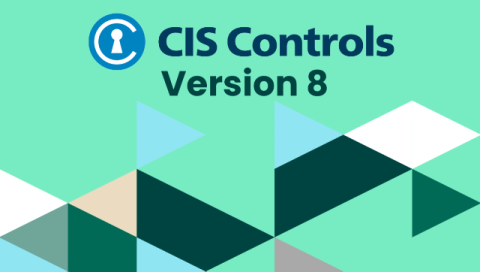Understanding the Abu Dhabi Healthcare Information and Cyber Security Standard
Abu Dhabi is boosting its healthcare system with the introduction of the Abu Dhabi Healthcare Information and Cyber Security Standard (ADHICS). This initiative, driven by the Department of Health—Abu Dhabi (DoH)—has been put in place to protect sensitive healthcare data, improve cybersecurity resilience, and keep healthcare services running smoothly.



